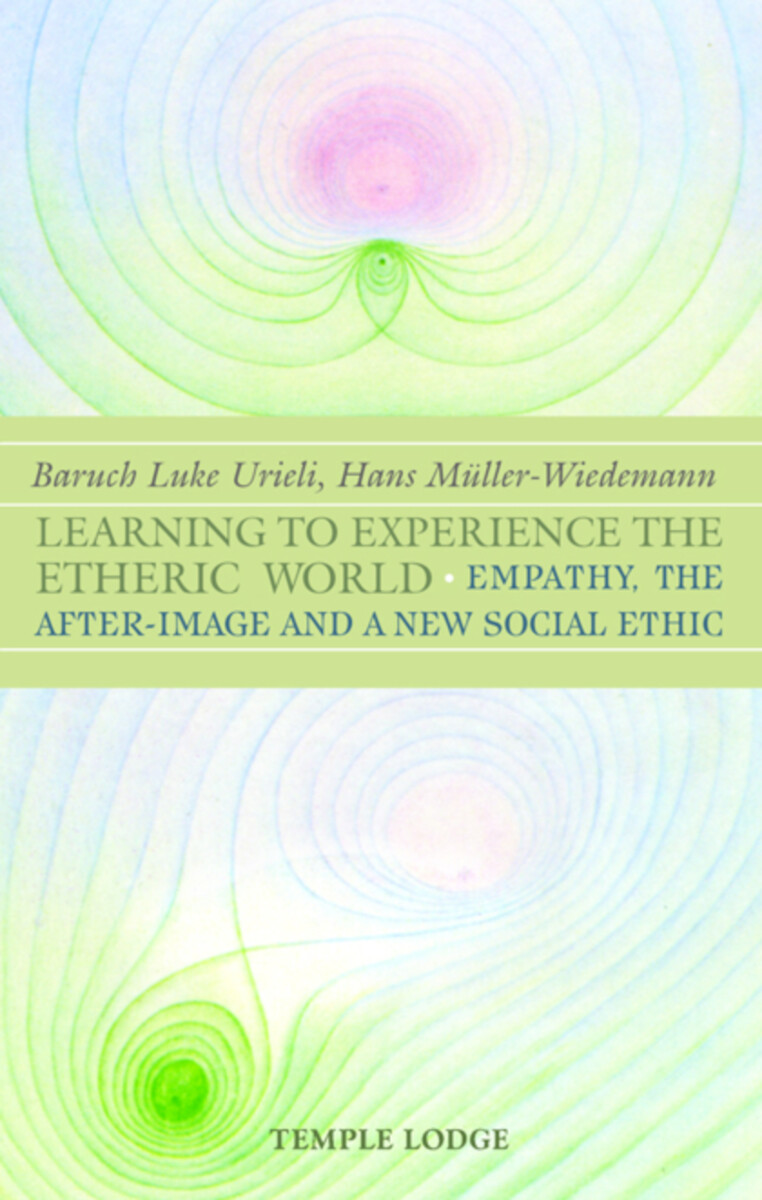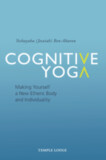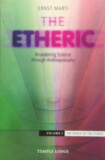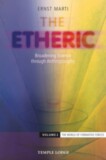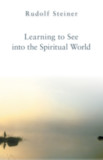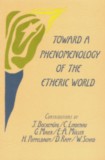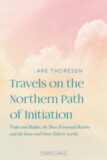Learning to Experience the Etheric World
Empathy, the After-Image and a New Social Ethic
- Publisher
Temple Lodge Publishing - Published
1st January 2000 - ISBN 9781902636009
- Language English
- Pages 112 pp.
Today our world is increasingly filled with feelings of movement and flux, speed and a lack of sufficient time to do what "needs to be done." Life is marked by change, upheaval and revolution. The authors of this book suggest that, amid this life of turmoil, people are beginning to have conscious and semiconscious experiences of the etheric world of life forces. Yet, this growing sensitivity to the etheric realm only intensifies experiences of movement and upheaval. To counter such feelings, we must take hold of our inner life and strengthen the "I"—our true self.
Featuring essays supplemented with a substantial amount of source material from Rudolf Steiner and other authors, this book introduces us to methods for strengthening one's essential self. In particular, we can learn to practice the ability to add to every physical perception—whether of a stone, a plant, an animal or another person—of the etheric reality associated with that entity. This process leads us to become more aware of the "after-image." We can also learn to become conscious within the etheric realm. This work with the after-image, says Baruch Urieli, "is not an esoteric path but is, rather, an endeavor to bring the beginnings of a natural consciousness of the etheric to full conciousness and, hence, under the rulership of the ego."
Learning to Experience the Etheric World is an invaluable resource for inner development and the beginnings of spiritual sight.
C O N T E N T S:
Foreword: Mankind Crosses the Threshold by Baruch Luke Urieli
PART ONE: The Development of the After-image Faculty in Modern Man and the Sacrifice of Kaspar Hauser by Baruch Luke Urieli
1. Cultivating the Social Ethic by Hans Müller Wiedemann
2. Cultivating the After-image Experience by Baruch Luke Urieli
3. Some Observations about the Source Material on “Empathy and the After-image” from the Work of Rudolf Steiner by Baruch Luke Urieli
PART TWO: Collection of Source Material from Writings and Lectures by Rudolf Steiner
1. Lecture of June 10, 1912 (CW 137)
2. Lecture of August 15, 1916 (CW 170)
3. First appendix to The Philosophy of Freedom (CW 4)
4. Lecture of March 19, 1918 (CW 181)
5. Lecture of December 12, 1918 (CW 186)
6. Lecture of August 29, 1919 (CW 293)
7. Lectures of November 20 & December 7, 1919 (CW 194)
8. Lecture of November10, 1919 (CW 329)
9. Lecture of May 27, 1922 (CW 212)
10. Lectures of November 23 & December 9, 1923 (CW 232)
11. Lecture of January 13, 1924 (CW 233a)
Source Material by Other Authors:
Goethe, “The Theory of Colour II”
Manfred von Mackensen, “A Phenomena-Based Physics”
Jacques Lusseyran, excerpts from And there Was Light and “A New Vision of the World”
Alfred Heidenreich, excerpt from The Vision of Christ in the Etheric World
Postscript
Baruch Luke Urieli
Baruch Luke Urieli is a retired priest of the Christian Community and a long-standing member of the Camphill movement, which has many centers around the world for people with special needs.
Hans Müller-Wiedemann
Hans Müller-Wiedemann (1924–1997) studied medicine in Tübingen following his service in World War II. His focus was psychiatry, neurology, and psychosomatic disorders. Beginning in 1953, he lived and worked in Camphill communities, first with Karl König in Scotland, then in South Africa, and from 1966 at the Camphill community near Überlingen on Bodensee. His key research was in the area of autism. He published books and articles about his field of work, as well as poetry.
Rudolf Steiner
Rudolf Steiner (b. Rudolf Joseph Lorenz Steiner, 1861–1925) was born in the small village of Kraljevec, Austro-Hungarian Empire (now in Croatia), where he grew up. As a young man, he lived in Weimar and Berlin, where he became a well-published scientific, literary, and philosophical scholar, known especially for his work with Goethe’s scientific writings. Steiner termed his spiritual philosophy anthroposophy, meaning “wisdom of the human being.” As an exceptionally developed seer, he based his work on direct knowledge and perception of spiritual dimensions. He initiated a modern, universal “spiritual science” that is accessible to anyone willing to exercise clear and unbiased thinking. From his spiritual investigations, Steiner provided suggestions for the renewal of numerous activities, including education (general and for special needs), agriculture, medicine, economics, architecture, science, philosophy, Christianity, and the arts. There are currently thousands of schools, clinics, farms, and initiatives in other fields that involve practical work based on the principles Steiner developed. His many published works feature his research into the spiritual nature of human beings, the evolution of the world and humanity, and methods for personal development. He wrote some thirty books and delivered more than six thousand lectures throughout much of Europe. In 1924, Steiner founded the General Anthroposophical Society, which today has branches around the world.


